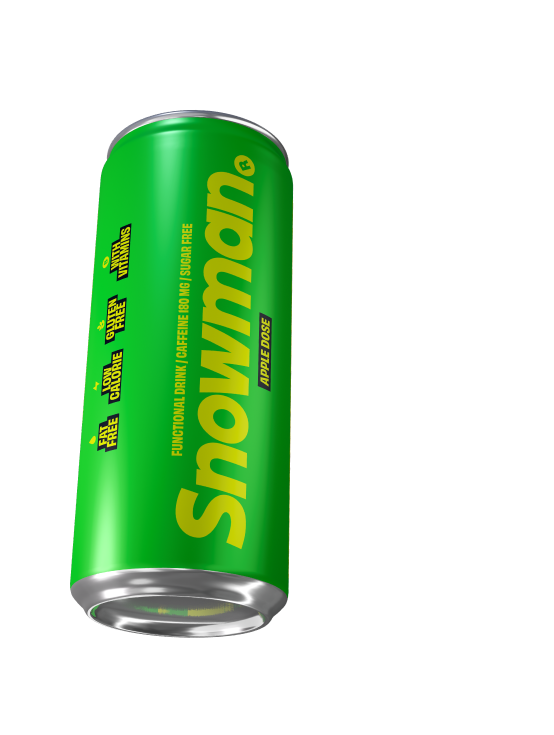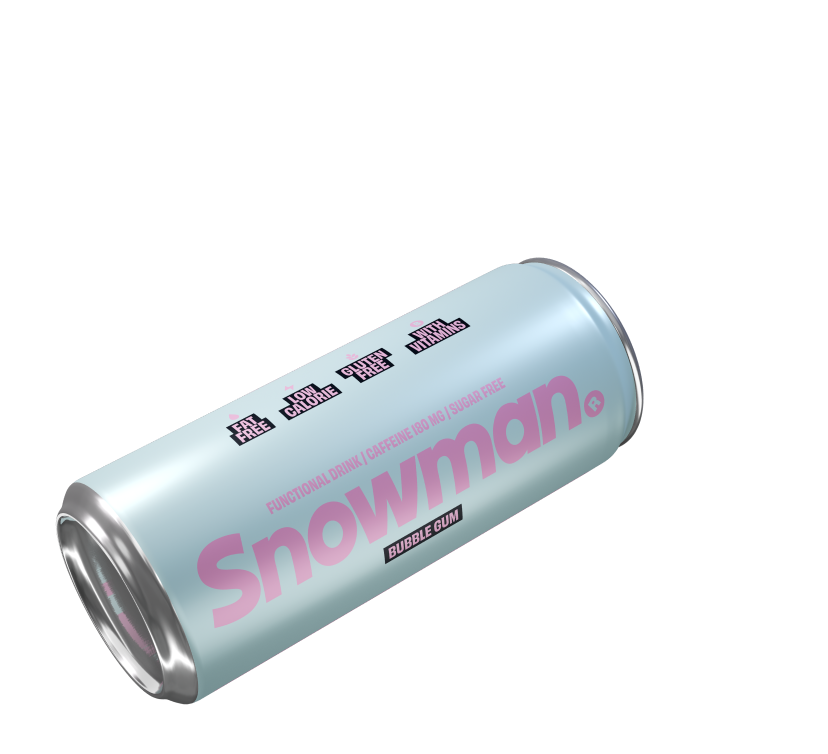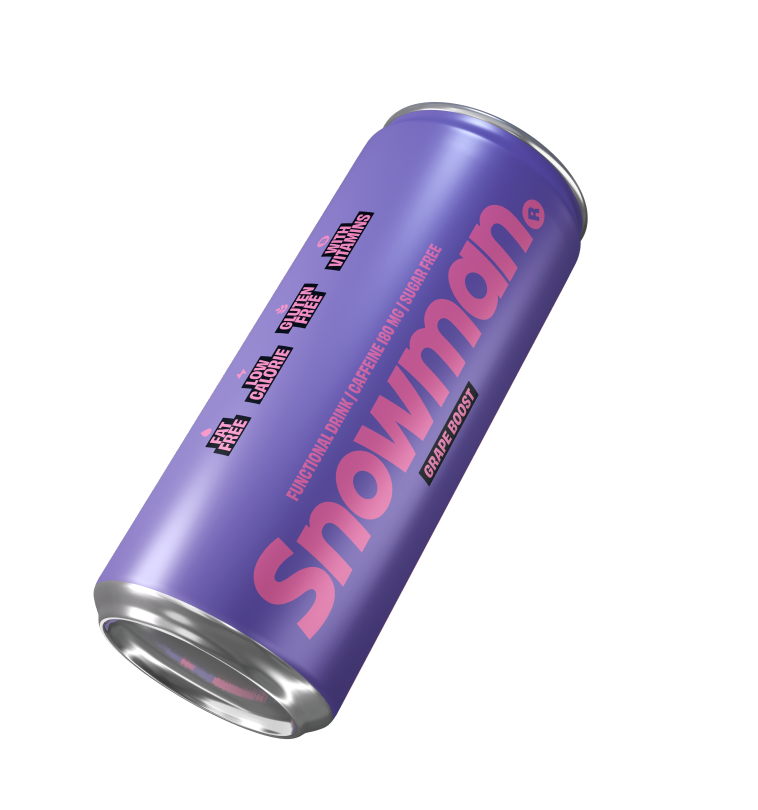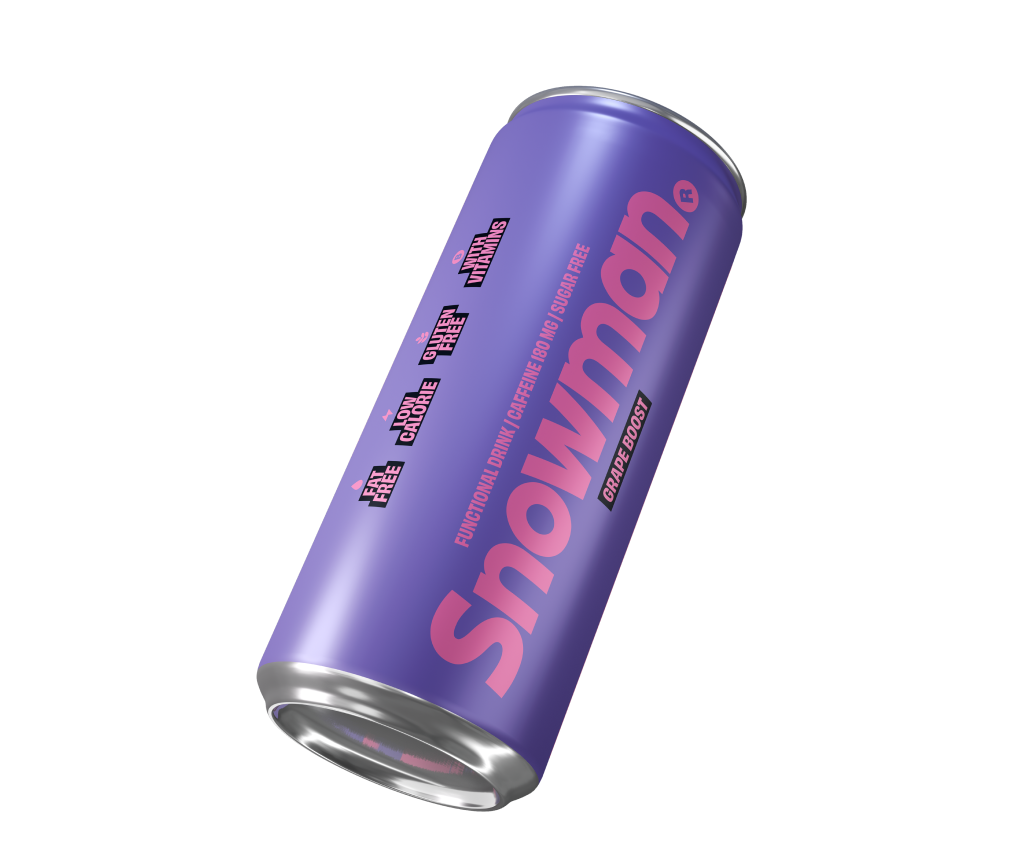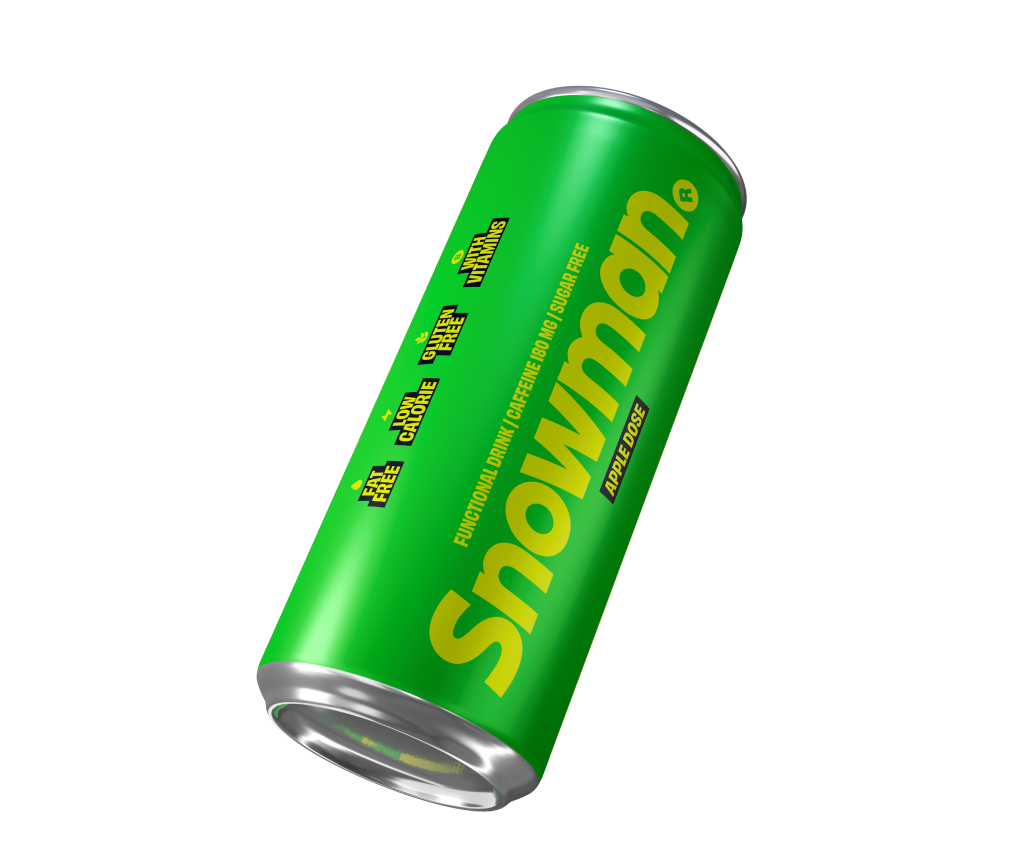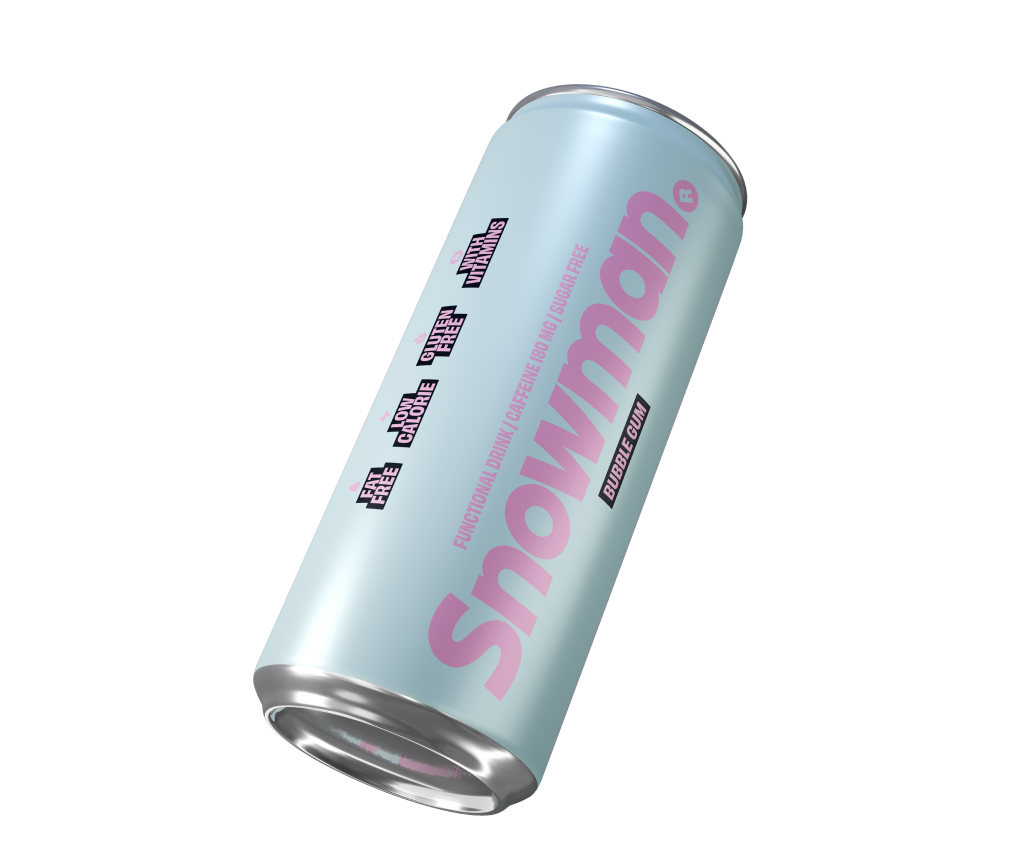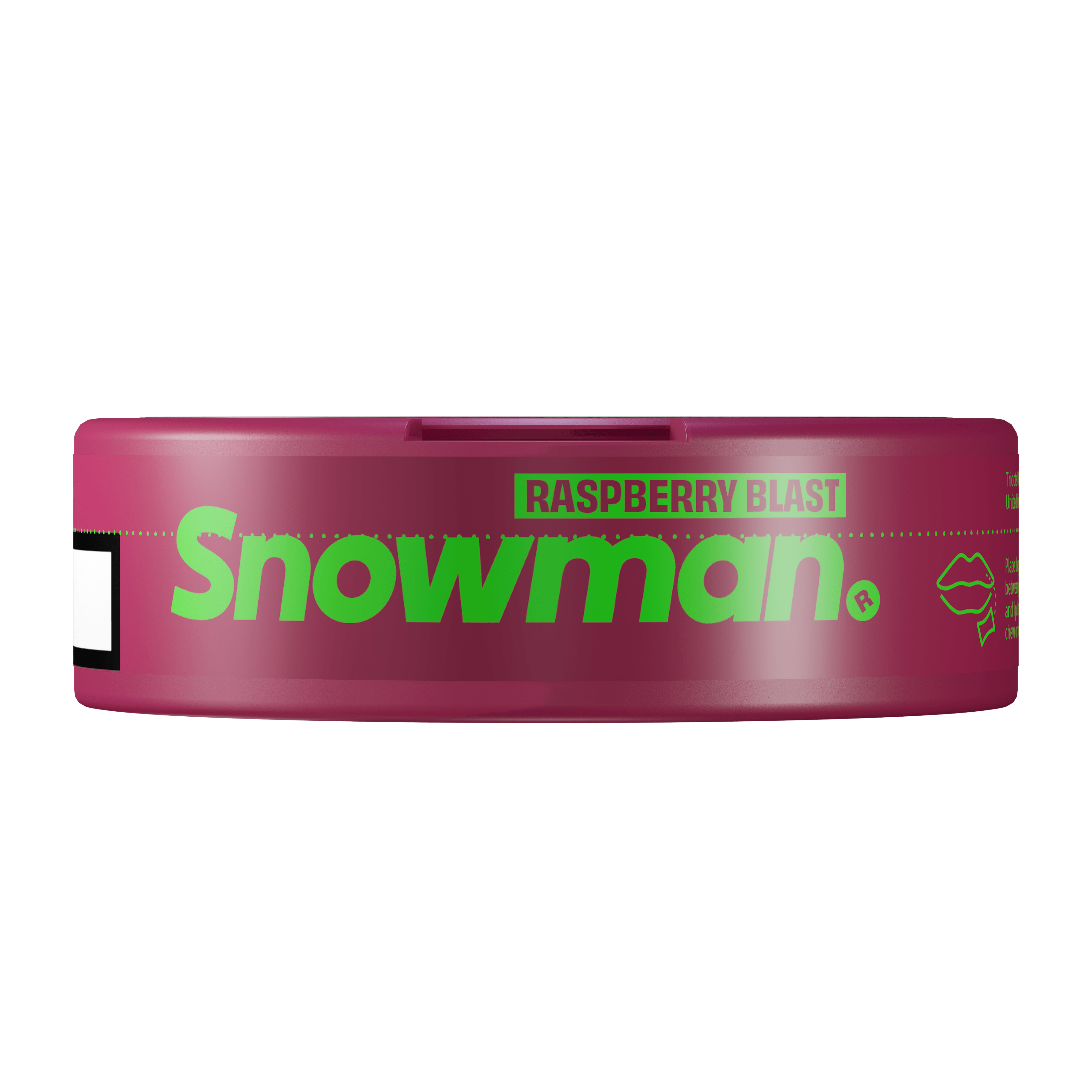
As health awareness grows and smoking bans tighten worldwide, more nicotine users are turning to tobacco-free nicotine pouches. These smokeless, discreet alternatives offer nicotine without combustion, smoke, or even tobacco leaf content. But are they truly safer? And who are they best suited for?
Let’s explore the science, benefits, and risks behind the tobacco-free nicotine pouch trend.
What Are Tobacco-Free Nicotine Pouches?
Tobacco-free nicotine pouches are small, white packets that contain purified nicotine, plant-based fibers, flavoring, and sweeteners, but no tobacco leaf or dust.
Ingredients and Delivery Method
- Nicotine – Typically synthetic or pharmaceutical-grade extract
- Fillers – Cellulose or plant fiber for bulk
- pH balancers – Improve nicotine absorption
- Flavorings – Mint, fruit, tea, and more
- Sweeteners – Usually xylitol or sucralose
These pouches are placed under the upper lip and worn for 20–60 minutes, allowing nicotine to absorb through the gum lining.
Differences From Traditional Tobacco Products
| Feature | Tobacco-Free Pouches | Snus/Cigarettes |
|---|---|---|
| Contains Tobacco | ❌ No | ✅ Yes |
| Requires Spitting | ❌ No | ⚠ Sometimes (snus) |
| Smoke Inhalation | ❌ No | ✅ Yes (cigarettes, vaping) |
| Discretion | ✅ High | ❌ Low |
Why Users Are Choosing Tobacco-Free Options
- Avoiding tobacco-related carcinogens
- Seeking cleaner oral experience
- Adapting to smoke-free environments
- Trying to reduce or manage addiction
These pouches appeal especially to former smokers, vapers, and those wanting a stealthy option during travel or work.
Are Tobacco-Free Nicotine Pouches Actually Safer?
Comparison With Smoking and Vaping
- Cigarettes contain thousands of chemicals and carcinogens—many released through combustion.
- Vaping is less harmful than smoking but still includes unknown long-term effects due to vaporized substances.
- Tobacco-free nicotine pouches, by contrast, do not burn, vaporize, or combust, reducing exposure to dangerous byproducts.
Common Health Concerns
- Nicotine is still addictive
- Some users report mouth irritation, dry mouth, or gum sensitivity
- No long-term studies yet available, but early data suggests they are less harmful than smoking
Regulation of Tobacco-Free Nicotine Products
In 2025, regulation varies by region:
- EU: Regulated under the Tobacco Products Directive (TPD) for labeling, youth restrictions, and nicotine levels
- USA: Monitored by the FDA; some brands require approval
- Nordic countries: Have stricter packaging and usage guidelines
Most countries limit sales to adults 18+ and require warning labels about nicotine addiction.
Benefits of Tobacco-Free Nicotine Pouches
- Discreet and clean—no odor, smoke, or ash
- Portability—pocket-sized and easy to carry
- Customizable strengths—available in 2 mg to 20 mg per pouch
- Variety of flavors—from icy mint to tropical fruit
They’re a good option for nicotine users wanting a more controlled, less intrusive experience.
Risks and Limitations to Consider
- Addictive potential remains high
- Users may escalate to higher strengths
- Flavored options might appeal to youth, raising ethical and legal concerns
- Lacks longitudinal health data
These products should be seen as harm reduction tools, not entirely risk-free solutions.
Who Should Consider Using Them?
- Smokers trying to quit or reduce harm
- Vapers seeking less conspicuous use
- People working in smoke-free environments
- Users managing oral cravings or triggers during travel or stress
Most Popular Tobacco-Free Nicotine Pouch Brands in 2025
| Brand | Nicotine Strength Range | Top Flavors | Best For |
|---|---|---|---|
| ZYN | 3–9 mg | Cool Mint, Citrus | Mild to moderate users |
| VELO | 4–14 mg | Freeze, Berry Frost | All-day users |
| Nordic Spirit | 4–6 mg | Elderflower, Mocha | Evening use |
| Rogue | 3–12 mg | Honey Lemon, Wintergreen | U.S. availability |
How to Use Tobacco-Free Nicotine Pouches Properly
- Start with a low strength (2–4 mg) if you’re new
- Place the pouch under your upper lip, not in the center
- Use for 30–60 minutes—don’t chew or swallow
- Dispose responsibly in a trash bin (not in toilets)
- Avoid stacking pouches or overusing back-to-back
FAQs: Tobacco-Free Nicotine Pouch Safety
1. Are tobacco-free nicotine pouches safer than smoking?
Yes, they’re significantly safer due to lack of combustion and tar.
2. Can I get addicted to them?
Yes—nicotine is addictive in any form.
3. Are they safe during pregnancy or for teens?
No—nicotine affects brain development and fetal health.
4. Can I use them to quit smoking?
They can aid harm reduction, but aren’t FDA-approved cessation tools.
5. Do they stain teeth or cause bad breath?
Minimal staining and odor compared to tobacco products.
6. How many can I use per day safely?
Stick to 2–5 pouches/day depending on strength and tolerance.
Conclusion
The tobacco-free nicotine pouch offers a modern, discreet, and generally safer option for nicotine users—especially compared to smoking or tobacco-based snus. However, nicotine’s addictive nature and lack of long-term data mean caution is still warranted.
If you’re considering switching, these pouches may be a useful harm reduction tool—but like any nicotine product, they should be used responsibly, consciously, and in moderation.
